inTempus
TPF Noob!
- Joined
- Dec 15, 2008
- Messages
- 3,692
- Reaction score
- 4
- Location
- Indiana
- Can others edit my Photos
- Photos OK to edit
Does the crop factor of an ASP-C image sensor have anything to do with how effective image stabilization is? Does it make a difference between lens based IS and sensor based IS?
If you have a 300mm lens, does the image stabilization become any less effective on a 1.6x body vs. a full frame camera?
Just curious.
If you have a 300mm lens, does the image stabilization become any less effective on a 1.6x body vs. a full frame camera?
Just curious.


![[No title]](/data/xfmg/thumbnail/32/32003-70dfe149c27224e28ba98e975984e01e.jpg?1619735147)
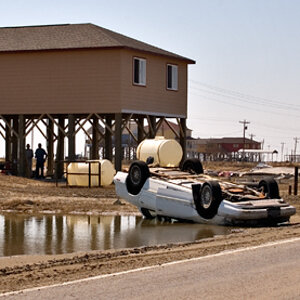

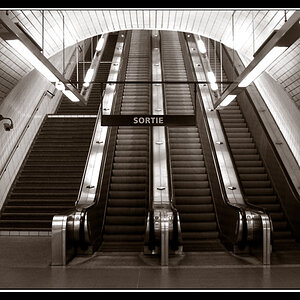
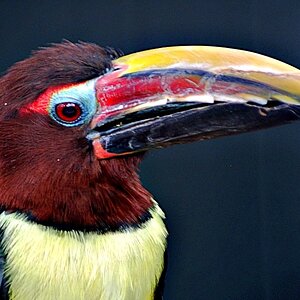
![[No title]](/data/xfmg/thumbnail/38/38263-ad5e4c9e677626ddb5b1e7cdf9ebe40e.jpg?1619738548)

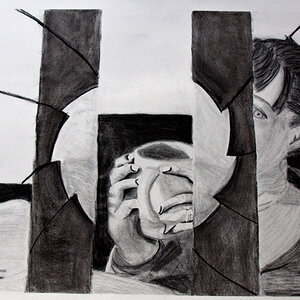
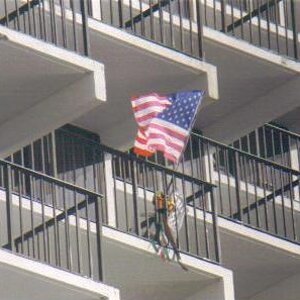
![[No title]](/data/xfmg/thumbnail/32/32005-d13a0bcc56327c42bd32dff4b0776658.jpg?1619735150)

